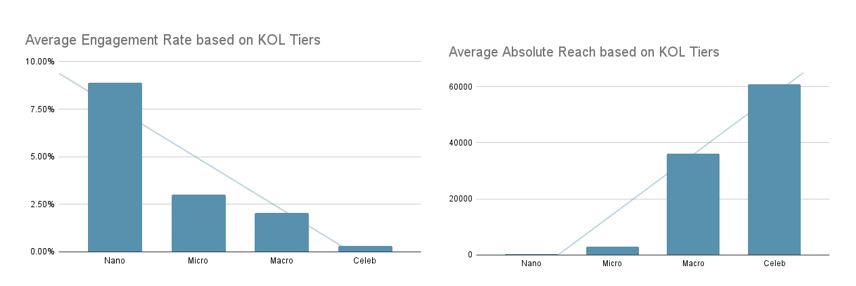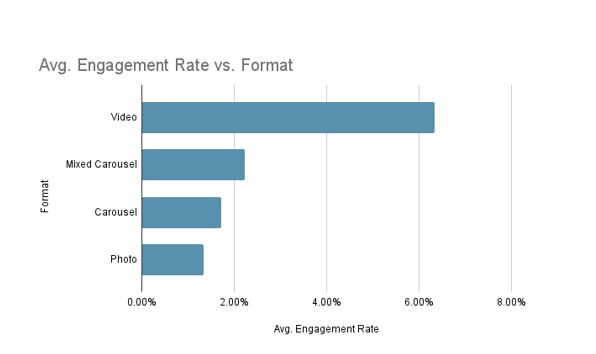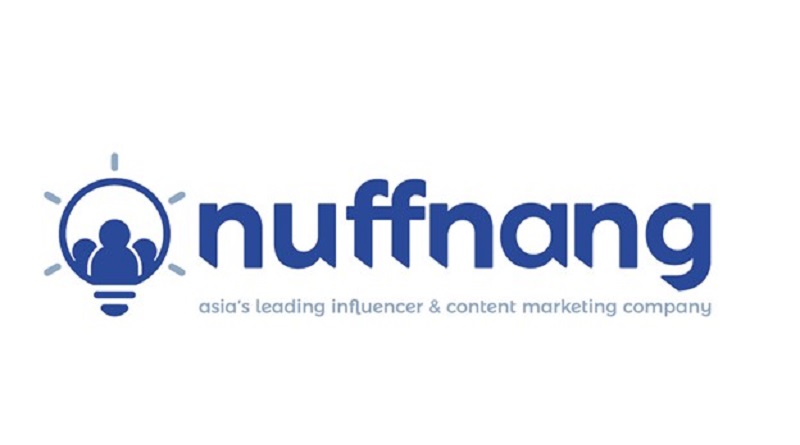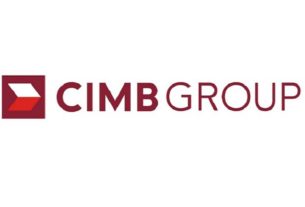A lot of Malaysians buy milk based on some kind of influence. It can be influenced by our family, climate change or health choice. This applies to growing-up milk (GUM) for toddlers too. There are a lot of brands out there suggesting that they have the best formulas for our young ones. But how can we cut through the noise and influence people to buy our brand?
Kausern Hieu, Country Manager for Nuffnang Malaysia, notes that the GUM formulas market in the nation is a competitive one. “Marketers who wish to cut through the noise and attract the right target market niche to their brands will find that influencer marketing can play a significant role.”
Nuffnang Malaysia, the country’s premier influencer marketing specialist, has worked with several growing-up milk (GUM) brands on their influencer marketing campaigns – especially on Instagram. With enough GUM campaigns come enough data for Nuffnang Lab to compile and analyse trends and patterns.
Nuffnang Lab is a rebranded division in Nuffnang Malaysia that runs communication strategy and brand research either internally or for marketers who would like to deep dive into more consumer insights.
During the GUM data analysis, Nuffnang Lab has some findings. Here are the 3 main discoveries and suggestions for GUM brands when it comes to influencer marketing on Instagram:
- No One is Better than the Other
Marketers often want the best of both worlds, i.e. influencers who have both high average reach and high average engagement rate. According to our data, however, it’s highly unlikely that we can find an influencer that can achieve both.

Based on the graphs above, it is evident that ‘Alpha’ and ‘Celebrity’ influencers with a bigger following usually cannot guarantee high average engagement rates, although they can guarantee a higher reach rate.
Thus, Nuffnang suggests using such celebrities to help brands with top-of-mind awareness. Meanwhile, ‘Nano’ or ‘Micro’ influencers with a smaller following, even though they cannot hit high reach like bigger influencers, they are more likely to be able to nurture and interact with their followers, delivering higher average engagement rates, and helping brands build loyal and active communities.
“So it depends on the goals of an influencer-led campaign. If a brand wants more reach and awareness, but engagement is secondary, then emphasise getting influencers with big followings, mixing in influencers with smaller followings to address the secondary objective in engagement, and vice versa.”
- Video is the Future
Nuffnang Malaysia also recommends that GUM brands concentrate on using influencer-led videos as opposed to other formats such as photos, especially on Instagram.
With all the ‘metaverse’ hype, the major social media platforms (including Instagram, part of the Meta Platforms, Inc.) are preparing their users to enter this new era.
For instance, Head of Instagram Adam Mosseri announced last year that Instagram is no longer a photo platform, but will put more emphasis on videos moving forward. Brands and influencers that rely on social media platforms to create awareness and engagement for their content should be aware that this huge change in the social media ecosystem could potentially shift user behaviour on social media platforms significantly.

With that in mind, it is no surprise that video posts on Instagram stand out so much more on both engagement rate and reach (refer to graph above). Out of four types of deliverables that Nuffnang have done over the past years, video actually performs 2-3 times better than the rest.
However, we realised that a lot of brands still do not use influencer video posts. Therefore, we highly recommend brands to engage influencers for video postings, as most users enjoy watching videos on Instagram more over photo posts now.
- Consumer Income Level Affects Content Directions
Lastly, it’s extremely important for GUM brands to understand the position of their brand in the market, so that they can better strategise and get the right influencers to create truly relevant and impactful content for the consumers.
Based on our data analysis, we saw that based on the customers’ income levels, GUM could be broadly categorised into three segments – mass milk, premium milk, and tailored nutrition milk.
For mass milk, we noticed that consumers resonate more with content that touches on holistic growth and parental authority. The Muslim community, for instance, would be more receptive to messaging regarding their children’s spiritual/religious growth. As for parental authority, data suggests that they might prefer content that focuses on “mothers know best” more than listening to their children’s preferences.
The premium milk audience seems to resonate with content that emphasises more on parents’ care and understanding towards their kids’ preferences and wellbeing (children’s autonomy). And when it comes to tailored nutrition milk, audiences respond better to content that acknowledges children’s autonomy, but still emphasises parental authority at the same time. This might be because the kids that need tailored nutrition milk usually need more parent intervention when it comes to taking in adequate amounts of nutrition.
Now that we have better understanding of our influencers’ strengths and how to interact with our consumers better, we can rethink the goals we set for influencer-led campaigns based on data-driven insights!




